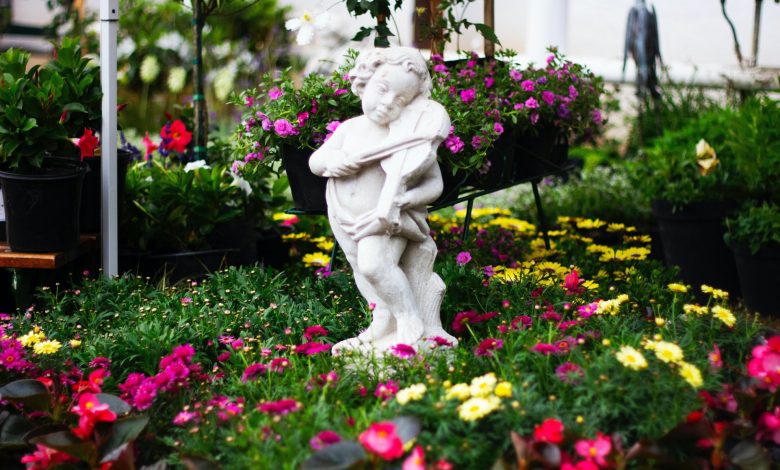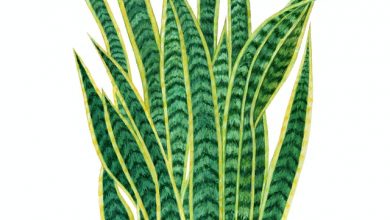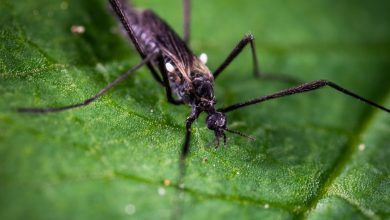How to Successfully Plant a Flower Garden

Planting a flower garden in your yard can be a beautiful addition to any space. Whether you’re looking to spruce up your front yard, create a peaceful spot for relaxation in your backyard, or you just want to add a pop of color to an otherwise dull landscape, flowers can make any environment more fun and enjoyable.
To ensure your best chances of successfully planting a new flower garden, there are a lot of aspects to consider. We’ve compiled a guide for you to follow below to help with your flower planting efforts.
Determine What You’re Working With
Before you begin planning and planting, it’s essential that you have a good understanding of what’s best for your yard; what may work well in some yards won’t necessarily work in yours. To ensure your new flower garden’s ultimate success, pay attention to and familiarize yourself with the following:
- Soil – The soil available in your garden will directly impact how well your flowers grow. As it sits right now, the soil in your yard may not support new growth very well or could possibly be the wrong soil type for the type of flowers you’d like to grow. Working to enrich your soil through added nutrients is key, but some gardeners may take it a step further by sending samples of their soil off to be lab-tested. Testing soil samples can give you the exact configuration of what kind of dirt you have in your yard and allow you to make more accurate adjustments to support your garden’s growth.
- Available Light – As is well-known, light availability can make or break any garden’s growth. Consider how much and how often sunshine is available in the area you’re considering establishing your garden. If there’s too much shade, you may want to consider relocating or trimming anything blocking the sun’s path. Alternatively, if your garden is in full sun, it may cause too much heat to encircle your plants and dry out the soil or cause wilting.
- Local Seasonal Patterns – Every region has different seasonal patterns and unique frost cycles that can directly affect garden growth. It’s important to familiarize yourself with when your area’s first and last frosts are, as well as when you can expect other notable temperature changes. Plan to schedule your planting around these schedules to promote your new garden’s best growth and success.

Prep Your Garden Area
Before you can get to the fun part of planting your new flower garden, you’ll need to prepare the area. There are a few things that need to happen during the preparation process to ensure success:
- Area Defining – Most likely, you’re not planning to scatter flowers all over your yard randomly; because of this, you’ll want to define and plot the area where you plan to begin your new flower garden. By taking this step first, you’ll also be able to better plan for soil needs, flower purchases, and mulch additions. While choosing, remember to keep in mind how much sun you can expect to reach your garden.
- Vegetation Removal – Do you have grass, weeds, or other vegetation growth in your garden area? Now’s the time to remove any unwanted growth before planting your new flowers. Tilling your soil can help with this.
- Soil Prep – Tilling your soil does more than just break up weeds and vegetation in the land; this process also helps to break up densely compacted soil and enrich the dirt by mixing up already present nutrients. It’s important that your soil is loosened before planting to promote nutrients and water reaching your new flowers. Your soil will also probably benefit from an addition of compost to help boost its fertility.
- Raised Beds – Sometimes, simply building a raised garden and supplying all-new dirt and soil is the answer to ground issues present in your yard. While prepping your garden for new planting, this is the perfect time to build raised garden beds if you deem them the best option to support growth in your yard.
- Water Supply – Choosing how your plants will get their water supply is an integral part of the gardening process. Are you planning to water your plants by hand? Or do you expect to establish a misting water system, sprinkler system, or drip watering system? You’ll want to have a clear idea of your watering plan and install any watering systems prior to planting.
Choose Flowers and Plan Your Design
Now comes the part you’ve been waiting for – designing your new flower garden. Here are some essential points to consider while developing your garden design.
- Colors – Visual appeal is probably the most important feature of a flower garden. When you’re plotting your design, choosing colors that compliment or appropriately contrast each other is critical. You’ll also want to be sure that your flower colors work well with their surroundings. Harmony is the word you should keep in mind when establishing the color palette; consider how well one flower choice will flow into the next, and so on. For instance, reds and oranges tend to blend and flow with each other, but you might have too stark of a contrast if you plant deep red roses next to bright yellow daffodils.
- Scent – Smell is one of the strongest indicators of memory; that being said, if you want your garden to promote peace and conjure pleasant imagery, you should consider the smell of flowers you intend to plant. Just like the colors you’ve chosen to create your visual palette, are the fragrances of your selected flowers going to blend well together and establish a pleasant aroma? If you’re unsure how some flowers smell, a quick trip to your local nursery can help.
- Flower Type – Have you considered the category of flowers you’ll be planting in your new garden? Each type of flower category has its own unique characteristics, with some working within your gardening plan better than others. Here are the flower and plant types you should consider:
- Annuals – Annuals tend to have bright and colorful blooms. While this flower category lives and dies all within a single year, many gardeners prefer them because they can just yank them out when they’re done and replace them with something else. There are also some annuals that drop seeds and regrow in the same planted position each year. Some examples of annual flowers are petunias, snapdragons, marigolds, zinnias, geraniums, begonias, and primroses.
- Biennials – Biennials will grow and bloom for about two years before they die. There are many biennial options that self-seed and regrow where they’re planted, also. Some examples of biennials are black-eyed Susans, hollyhocks, poppies, pansies, and foxgloves.
- Perennials – When you’re looking for longer-lasting flowers, perennials are the best choice. Perennial flowers last for at least three years, but keep in mind that they tend to produce blooms less than annuals and biennials. Some examples of perennials are daisies, morning glories, irises, marigolds, and lilies.
- Decorative Grass – Decorative or ornamental grass varieties, such as fountain or millet grass, act as excellent fillers between flowers and within the surrounding area.
- Trees and Shrubs – While not always necessary to a flower garden, many gardeners choose to incorporate trees or shrubs into the layout to help break up flower groups or add different layers to the area.
- Garden Accessories – How big is the garden space you’re working with? If you have space for it, adding garden accessories such as fountains, benches, statues, or bird feeders can help add to the ambiance you intend to create in your new space.

Plant Your Flowers
How you plant your flowers depends on what type of flowers you have; are you planning to plant from seeds or with already grown flowers from your local nursery? Consider the following:
- Seeds – Planting from seeds can be wonderful and less expensive, but it will take longer. If you plan to plant your flowers in the colder winter months, seeds are also going to be your best option.
- Nursery Flowers – For more immediate results, purchasing flowers from the local nursery is best. You’ll need to be sure and do your planting in the spring for the best results.
Once you’ve planted your flowers, you’ll want to be sure and add a layer of mulch on top of the surrounding soil to protect your plants from changing temperatures. Mulch can also help retain healthy levels of moisture in the ground in between watering. Now all that’s left is giving your plants a deep watering to about three to four inches deep in the soil, and you’re all done! Time to sit back and enjoy the fruits, or flowers rather, of your labor!



